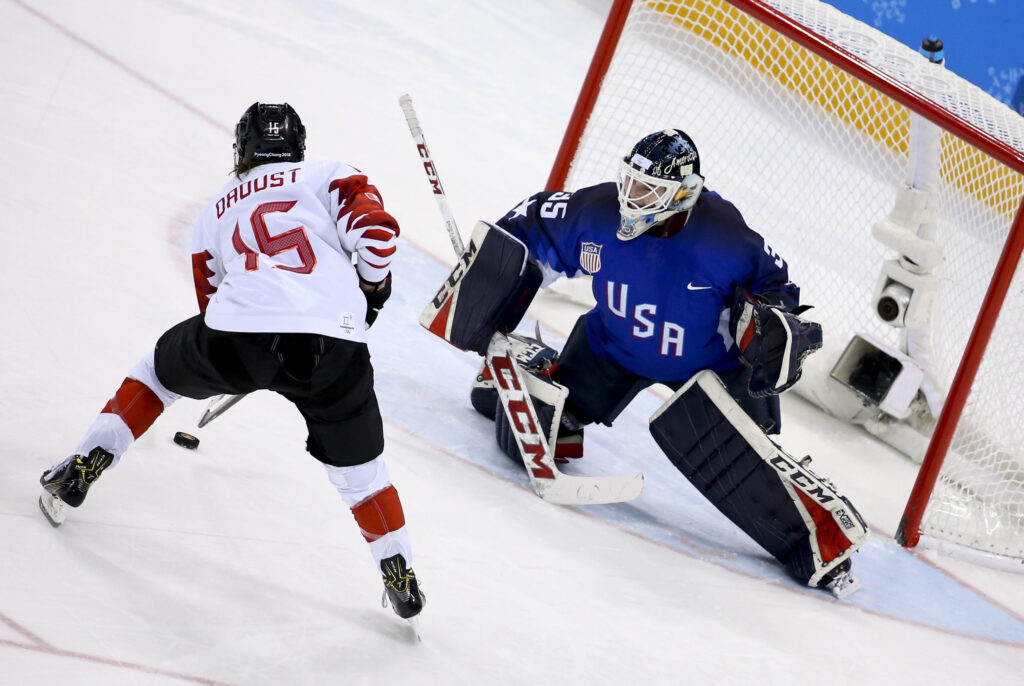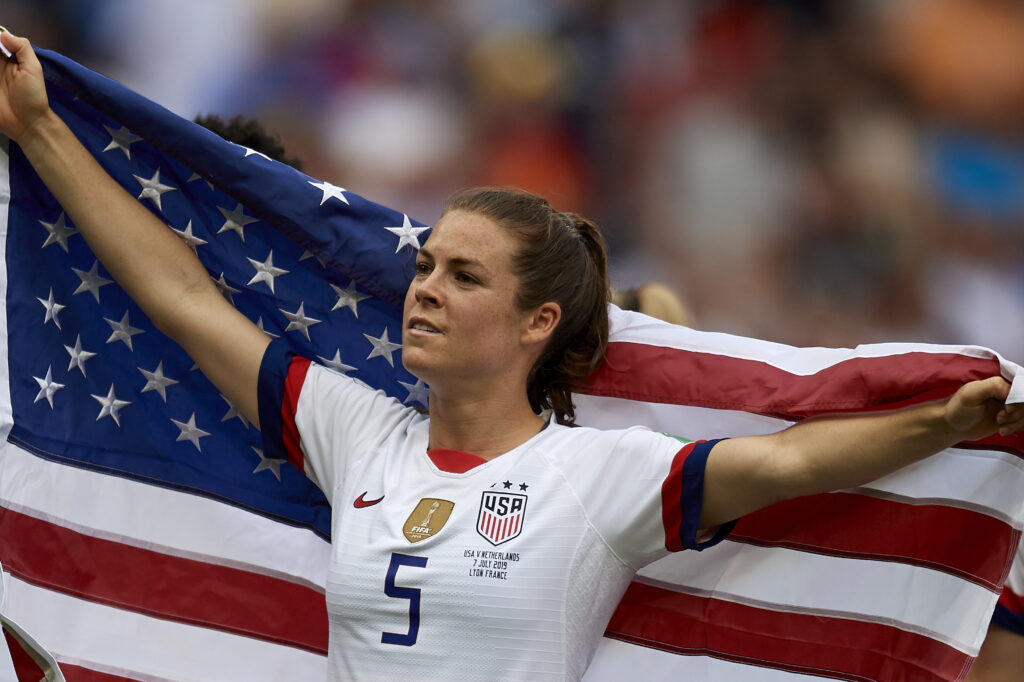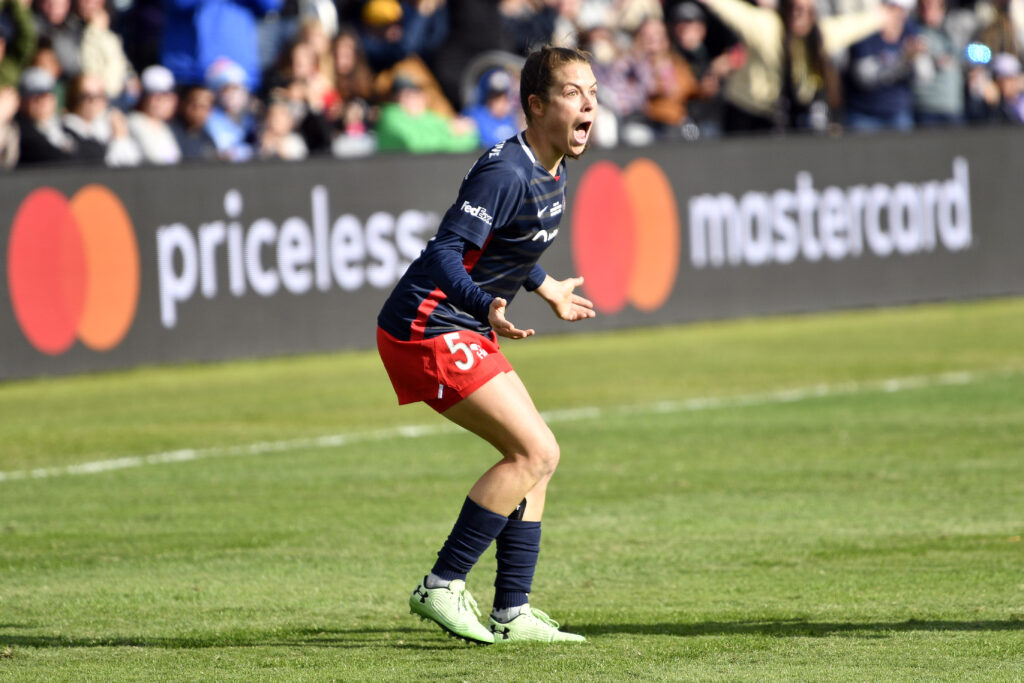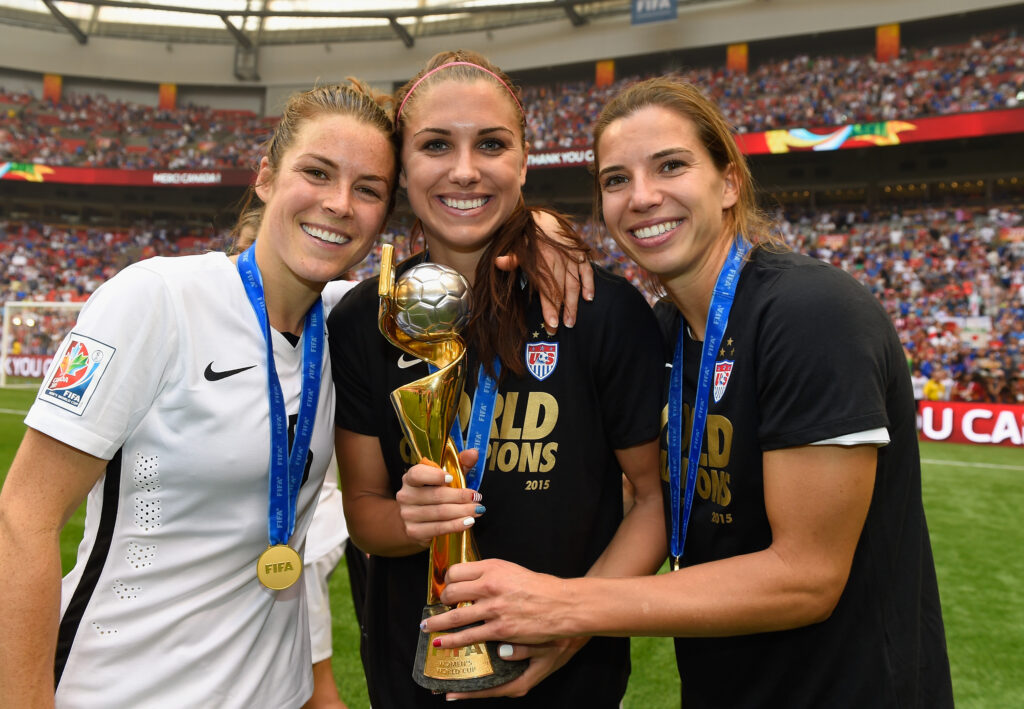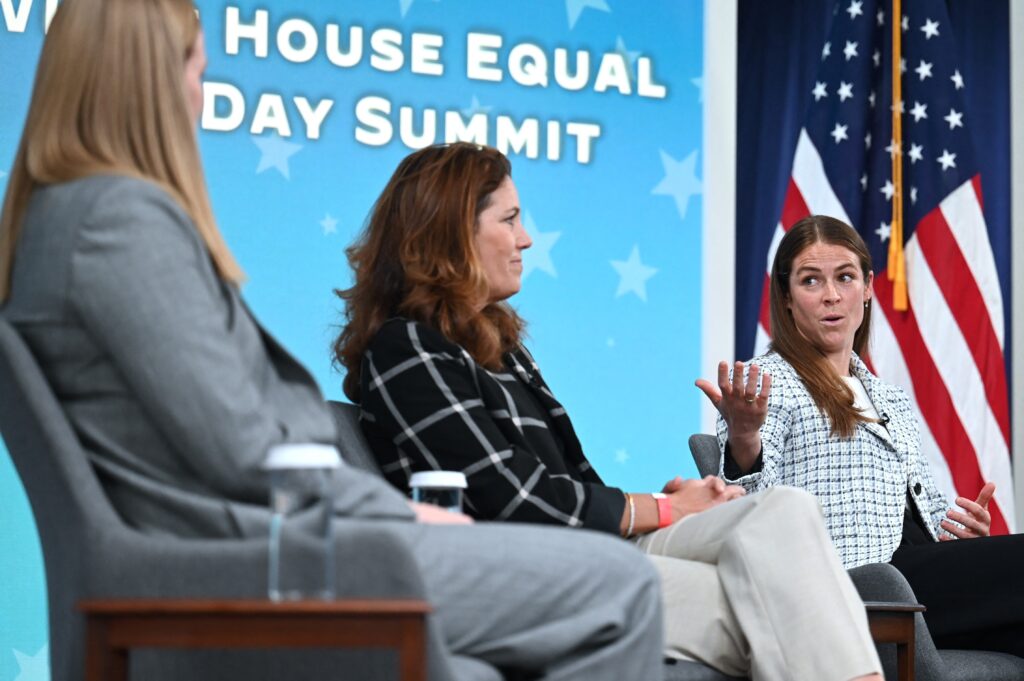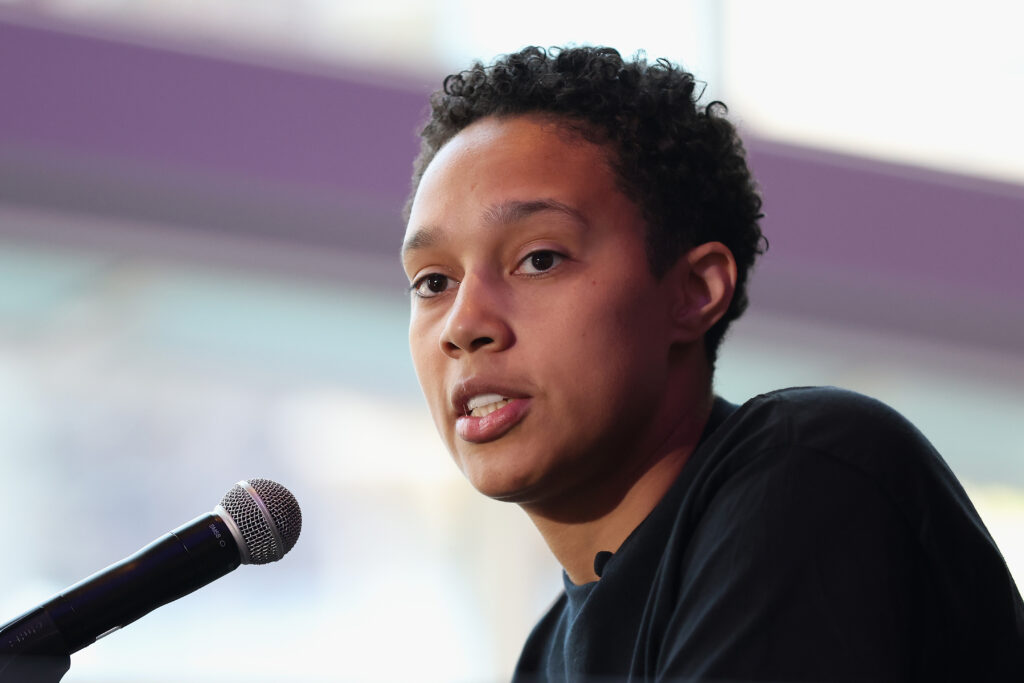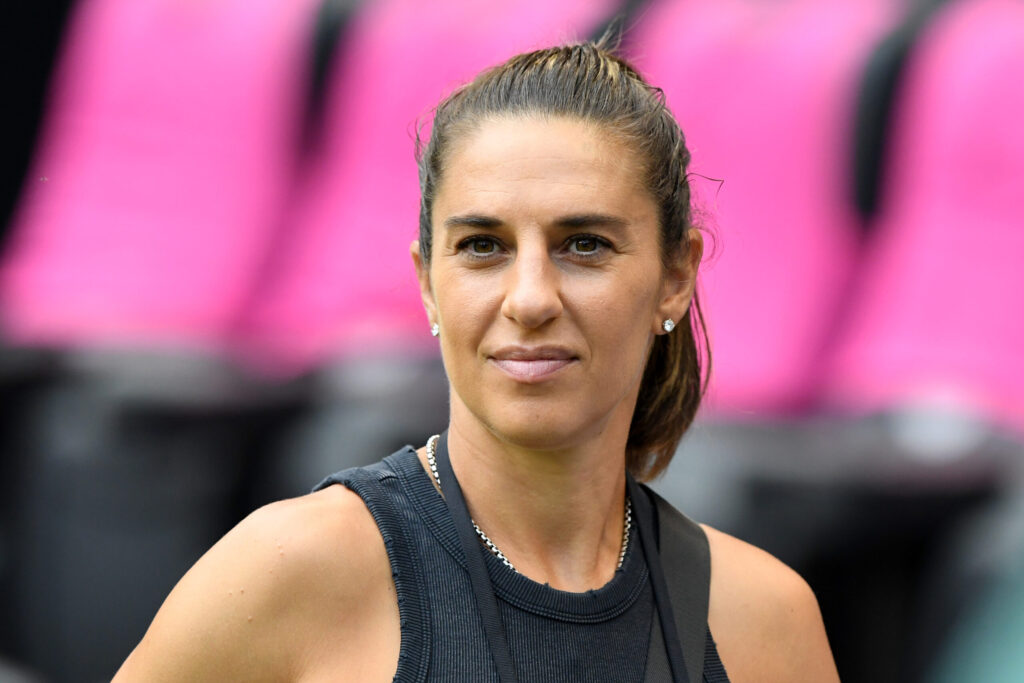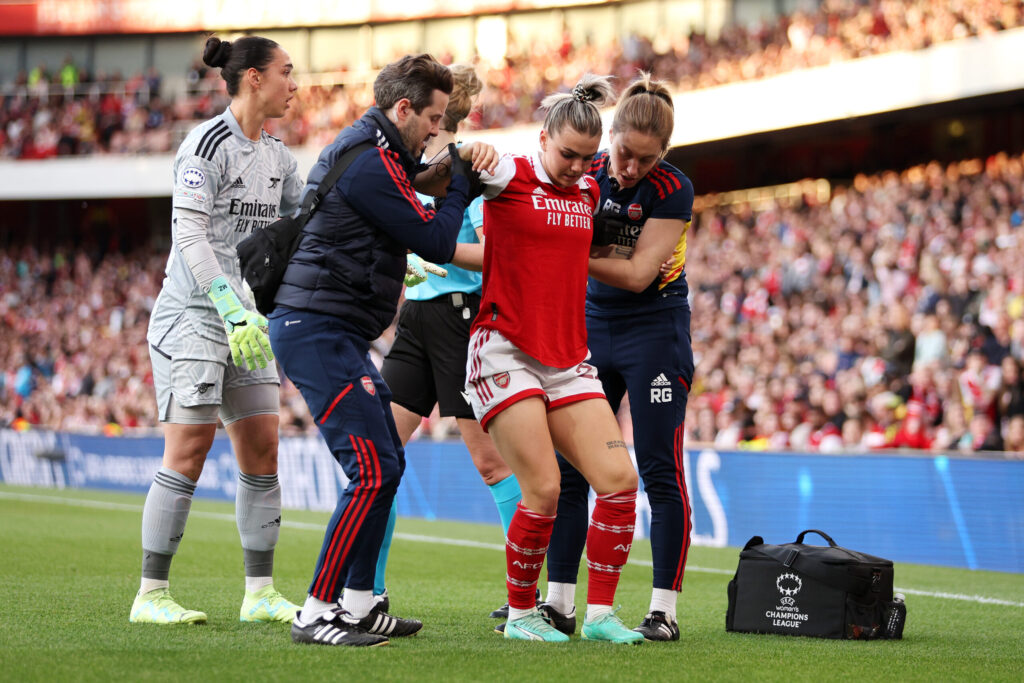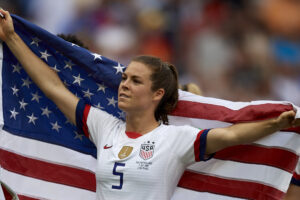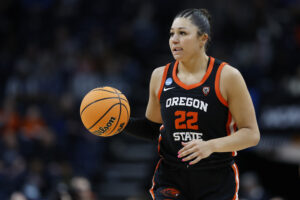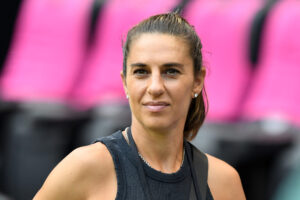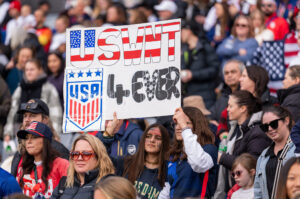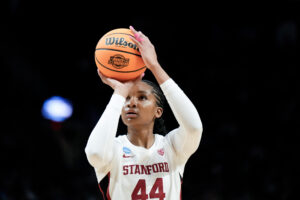Maddie Rooney is a goaltender for both the U.S. women’s national ice hockey team and the PWHPA. The starting goaltender for the U.S.’s gold medal run at the 2018 Pyeongchang Olympics, Rooney has also won two world championships with the team, and was the named 2018 Bob Allen Women’s Player of the Year while playing for the University of Minnesota-Duluth.
The National Team just had a camp in October. What did that look like and how did you feel getting back on the ice?
That was my first time being back with the national team since, I believe, December. So that was a long time coming, due to the cancellation of the World Championships. And then we couldn’t have an August camp like we usually do. So it was just great to be back in that elite environment, see everyone, even though it’s socially distanced, with masks on. It definitely wasn’t a normal camp. But on the ice, it was just so good to be back. And the level of competition was high. It was just a very intense camp, but it was also really fun. And it’s always the best when we’re all with each other. And fortunately enough, here in the Minnesota region, there are about seven of us who were on the National and Olympic Team together. So I’ve been practicing regularly with them since early September, and we did some stuff in the summer as well. So once I got back into the National Team, I was already used to the pace of the game, and the speed of the shots. It was like riding a bike in that sense.
I read that the team invited about 53 players to camp. Is that a normal roster size for this type of camp?
Yeah, usually our biggest camp is in August. And since we weren’t able to have that August camp with the big number of players, I think it was shifted into that October camp.
Were there any new faces at camp that you were excited to compete with and against?
Yeah, it was definitely a younger camp, I would say, due to some of the veterans and all the girls that weren’t able to attend due to travel restrictions or certain personal reasons regarding COVID. But I was really impressed. The younger girls definitely kept the pace up, and I know, just as a core group, they impressed a lot of the older girls too. It’s definitely exciting for the future of the program. And I’m excited to see how they progress and who will get their shot.
How was managing the COVID protocols?
It was very seamless. I thought the doctors and training staff and National Team staff as a whole really laid out the protocols well. And we had multiple calls about it before going into camp, so we all knew what to expect. We knew the rules. And everyone obviously followed the rules. And we got tested right when we got there, tested before we left the camp. And then you were able to get tested if you felt funny or anything like that. But it all went very well. I was actually very impressed. And yeah, because of all the protocols, everyone came out testing negative.
The national team is supposed to participate in a Rivalry Series in February against Canada. Do you know what the status of that series is?
I’ve been told it’s still to be determined. But we’re hopeful because it isn’t canceled yet.
Like you mentioned, the World Championship was canceled in 2020, and it’s been moved to 2021. Your team has won the past five championships. What do you think is the secret to the team’s success at the World Championships?
I think just overall, our record in the World’s gives us a ton of confidence. And then I think we’re really focused on preparing every time we are together the whole year. So we really take advantage of our camps. I mean, whether it’s video, intra-squad scrimmages, and obviously the games, like the Rivalry Series, we really just take advantage of the time when we’re together. And I think all of that, building up to the World Championships, we really always come prepared, and we know what we need to get done.
What do you think needs to happen from now until April, when the 2021 World Championships are supposed to happen, for your team to repeat?
I mean, all the teams are in the same boat here, not having camps together. So I think everyone’s probably going to have a similar game plan, just to, when we are together, really take advantage of it, really bear down, know the system’s effort level, know what we need to do and be prepared for those World Championships. And we just need to build off our current system and what we’ve been doing in the past, and just gain overall confidence.
You were obviously an integral part of Team USA in the 2018 Olympics, where your team finally took home Gold against Canada and you made some epic saves in the shootout. From that year forward did you feel a lot of pressure to continue to perform and make big plays like you did that year?
Yeah. I went back to college for another two years. Right after the Olympics, I went back for my junior year. And I definitely had a ton of pressure on myself. But also there were high expectations from the outside as well. And it was tough. That junior year was tough for me. But coming out of that, I definitely feel mentally stronger, and I had a great senior year. The pressure was tough, but I bounced out of it.
Some big named players decide to leave college early to pursue a professional career. What went into your decision to go back to school, especially after your epic 2018 Olympic performance?
Honestly, I really loved college hockey. I loved the routine of it all. And if it wasn’t for Duluth, I don’t think I would have made that Olympic team. And I also just wanted to get my degree. I majored in business marketing, and I definitely want to pursue something in that field once I decide to hang up the skates. It was definitely about just going back and finishing what I started at UMD, and then also for my degree.
Once you graduated from school you decided to join the PWPHA. What went into that decision?
Being around my actual teammates, and they had already been in the PWHPA for a year, since it started. I was always around the conversations, and it was just really familiar to me. And I also really appreciated what the league stands for, and the initiatives that they have taken outside of the rink as well, and just their overall motivation for growing the game. I think just the familiarity and what the league stands for was the main driving factors in my decision. And here in Minnesota, I would have a great setup. I live very close to a training facility for the PWHPA. So it just worked out very well.
Overall, heading into the new year, do you have any specific goals for yourself with both the national team and the PWHPA?
Yeah, within the PWHPA, I mean, it’s such an elite atmosphere. It’s the top players coming from both Canada’s national team and the US national team. And then just a lot of standout college players as well. I think it’s just overall a great league. So being a goaltender, I just want to take everything in and challenge myself every day, whether it’s in the games or the practice, and just continue to grow in that sense. And hopefully this year the PWHPA will prepare me for that world stage next year and any opportunities I can get with the national team. So I just want to continue to grow and take in all these opportunities.
Although you have had awesome experiences with the national team, you are still a young player. Is there anyone in particular that you look up to, both in your position and outside of your position?
For my position, when I was younger, I always looked up to the national team goalies, whether it was Jessie Vetter, and then from the men’s side, I mean, my idol has always been Marc-André Fleury. I just love the fun he has with the game. And I’ve always tried to model my game after his as well. And then within the team, when I was named to my first national team, which was the 2017 World’s, I’ve always looked up to Meghan Duggan as a leader, and I just admire her drive to grow the game, and the leadership she displayed on the national team.
